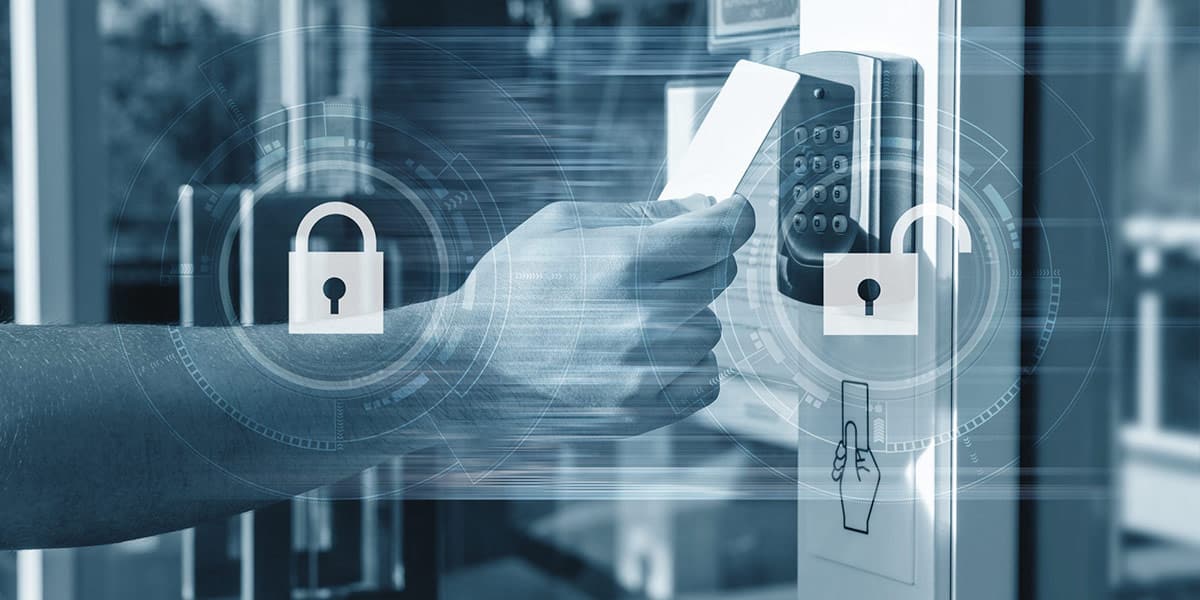
Innovative Access Management: The Key to Enhanced Physical and Logical Security
In today’s rapidly evolving digital landscape, ensuring the security of both physical and logical assets has become paramount for businesses of all sizes. With threats becoming more sophisticated and pervasive, traditional security measures no longer suffice. Enter innovative access management solutions – a comprehensive approach to securing the gates of your digital and physical domains. This blog delves into how these cutting-edge systems are reshaping security paradigms, offering robust protection against unauthorized access and potential breaches.
The Convergence of Physical and Logical Security
The distinction between physical and logical (or digital) security is blurring. In an era where data is as valuable as tangible assets, safeguarding both fronts has become essential. Innovative access management systems address this need by integrating physical access controls with IT security. This convergence enables businesses to enforce uniform security policies across all access points, ensuring that only authorized individuals can gain entry to sensitive areas, both physically and digitally.
Leveraging Biometrics for Enhanced Security
Biometric technology has revolutionized access management, offering a level of security that is difficult to compromise. Unlike traditional keys or passwords, biometric identifiers such as fingerprints, facial recognition, and iris scans are unique to each individual and cannot be easily replicated or shared. By incorporating biometric authentication into access management systems, businesses can significantly reduce the risk of unauthorized access, ensuring that only registered individuals can access critical areas and information systems.
Real-time Monitoring and Alerts
One of the key advantages of innovative access management systems is their ability to provide real-time monitoring and instant alerts in the event of a security breach. These systems continuously log entry and exit activities, enabling security personnel to track movements within the premises and identify any unauthorized attempts to access restricted areas. Instant alerts ensure that any breach attempts are immediately flagged, allowing for swift response and mitigation, thereby minimizing potential damage.
Role-based Access Controls (RBAC)
In the context of information security, role-based access control (RBAC) has emerged as a powerful tool for managing who has access to what within an organization. By assigning permissions based on roles rather than individuals, RBAC simplifies the management of user privileges and ensures that employees only have access to the information necessary for their job functions. This not only enhances security but also improves operational efficiency by preventing information overload.
The Impact of AI and Machine Learning
Artificial intelligence (AI) and machine learning (ML) are set to redefine the capabilities of access management systems. These technologies enable systems to learn from patterns and behaviors, allowing them to detect anomalies and predict potential security threats before they occur. AI-enhanced systems can automatically adjust security parameters in response to perceived threats, offering a dynamic defense mechanism that evolves in real-time.
Cloud-based Access Management Solutions
The rise of cloud computing has paved the way for cloud-based access management solutions, offering scalability, flexibility, and remote management capabilities. These systems allow businesses to manage access permissions from anywhere, at any time, and quickly adjust to changing security needs. Additionally, cloud-based systems facilitate easier integration with other security and business tools, creating a cohesive security ecosystem.
Conclusion
Innovative access management systems represent a significant leap forward in the quest for enhanced physical and logical security. By integrating advanced technologies such as biometrics, real-time monitoring, AI, and cloud computing, these systems offer a robust defense against the evolving threat landscape. As businesses continue to navigate the complexities of the digital age, investing in innovative access management solutions is not just a strategic move for enhancing security but a necessary step towards ensuring business continuity and resilience.
The key to unlocking a secure future lies in the adoption of these advanced systems, which provide comprehensive protection for an organization’s most valuable assets. As we move forward, the role of innovative access management in shaping a safer, more secure world for businesses and individuals alike will only continue to grow.



